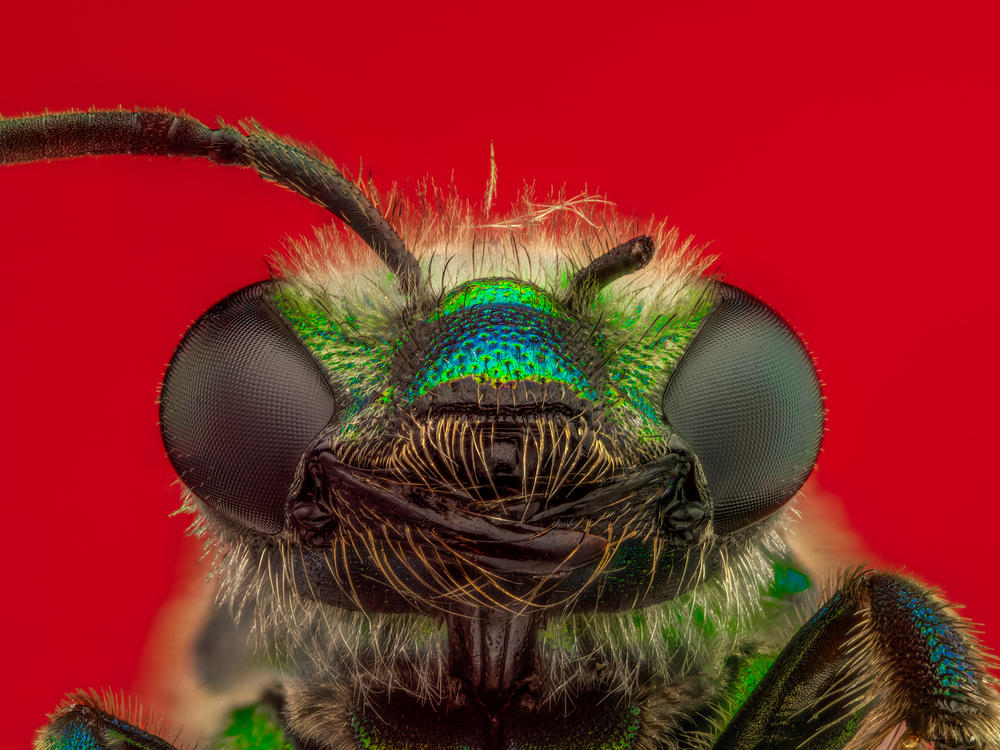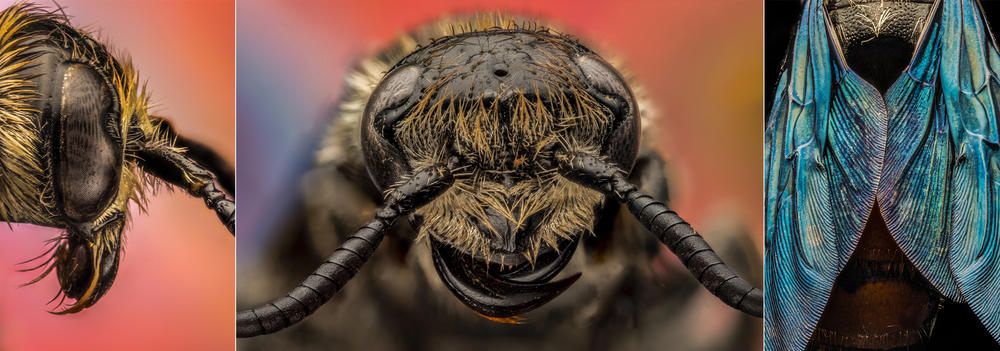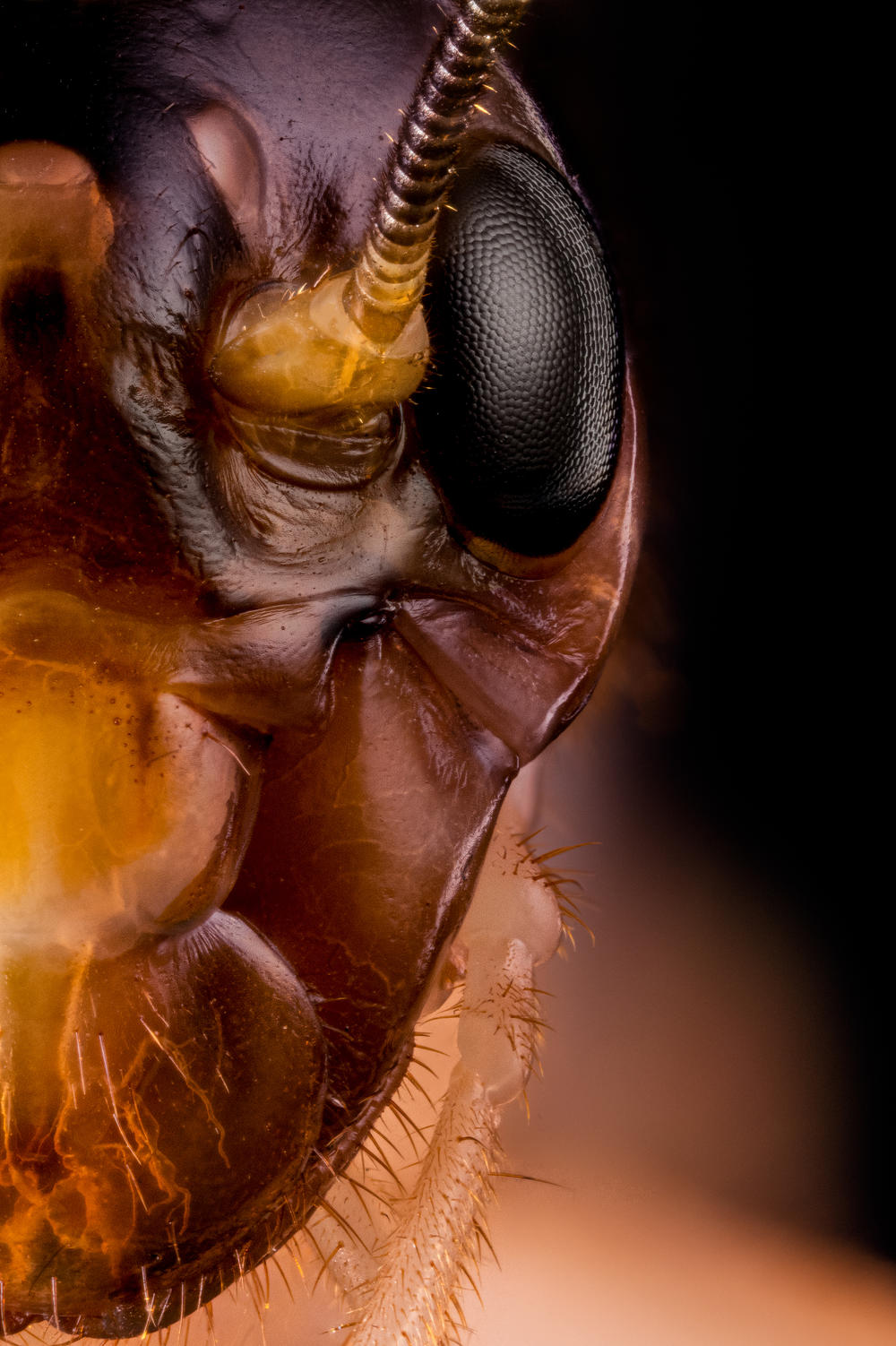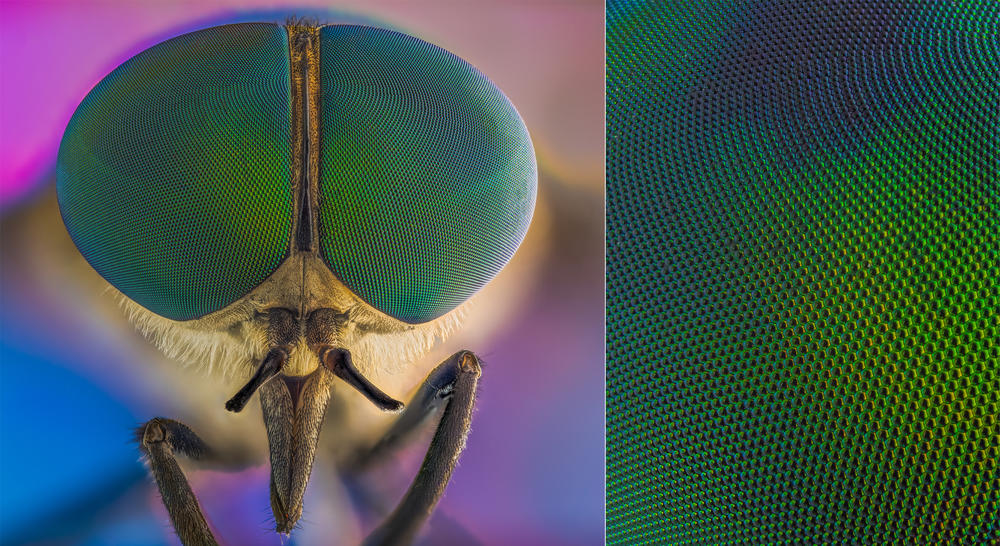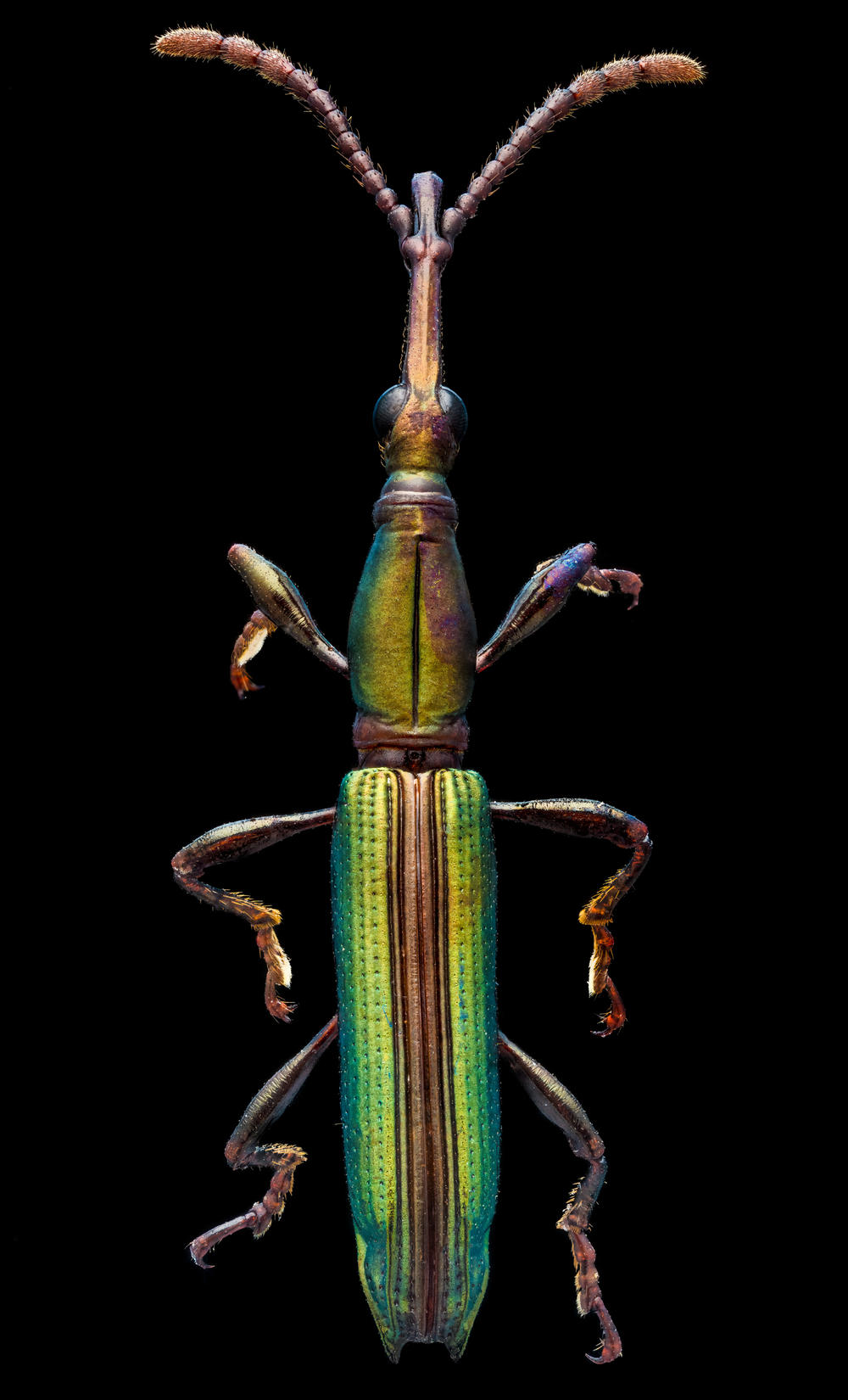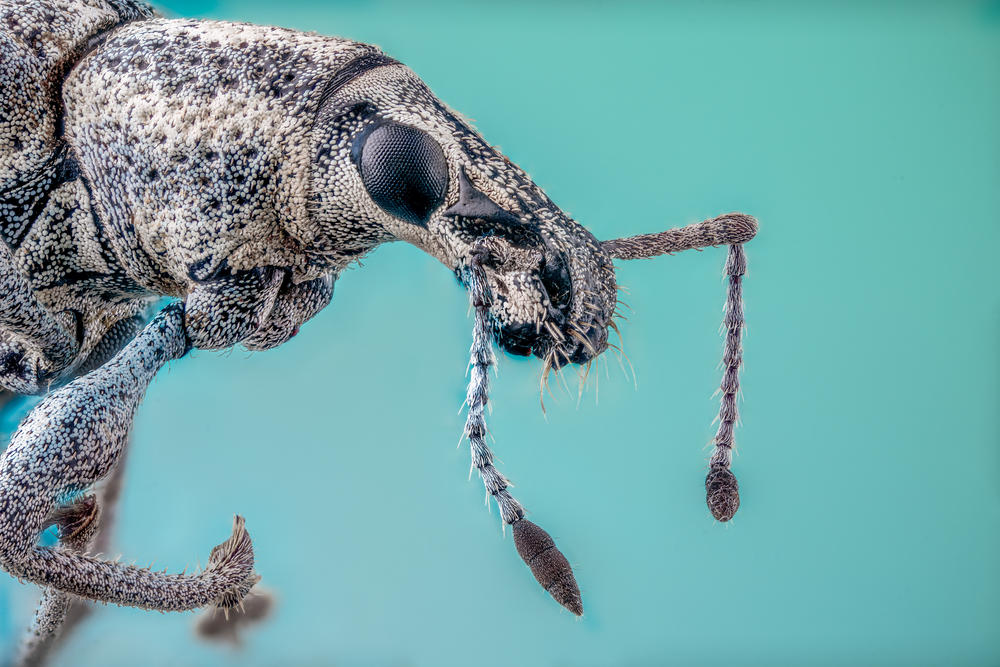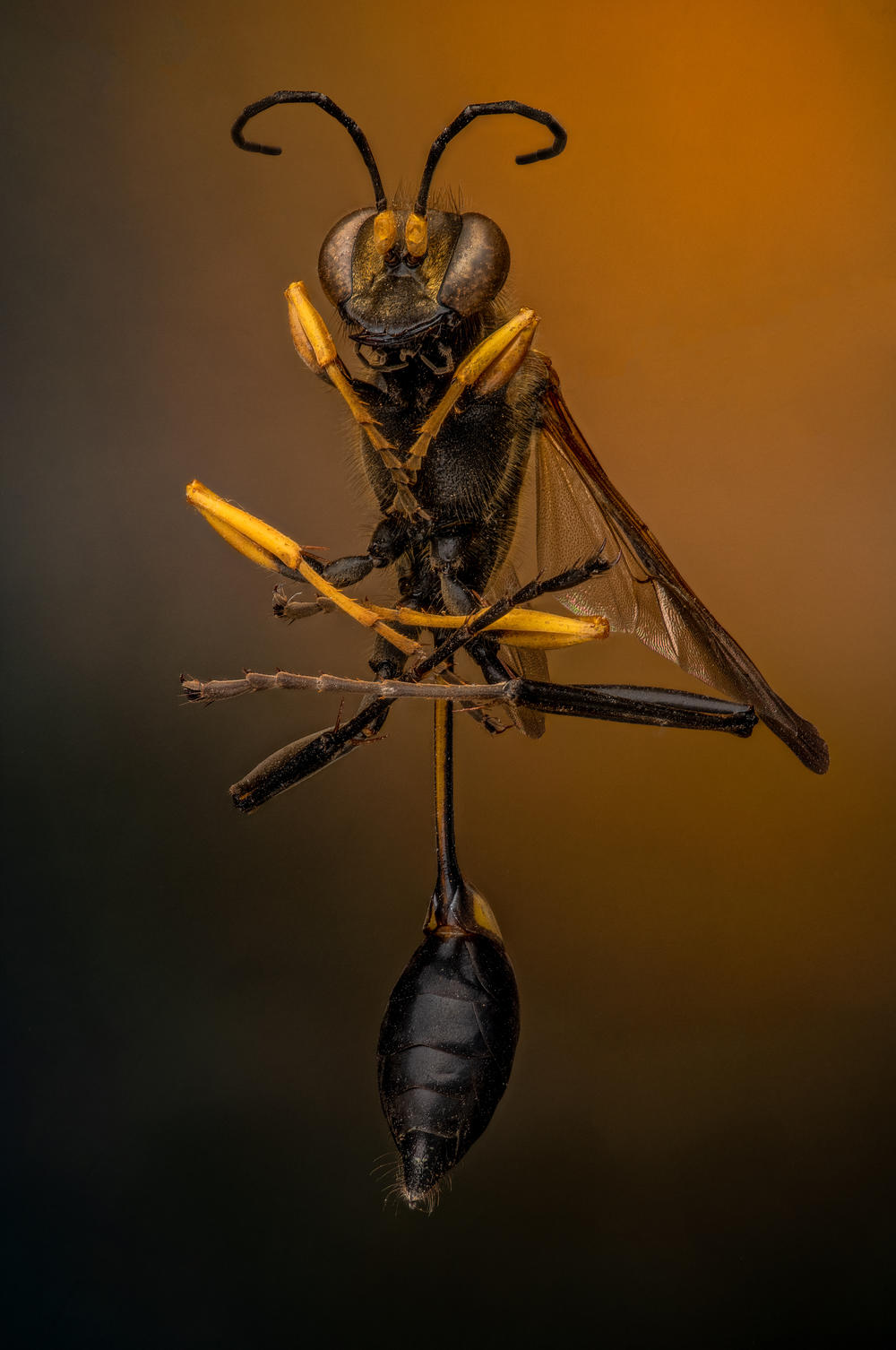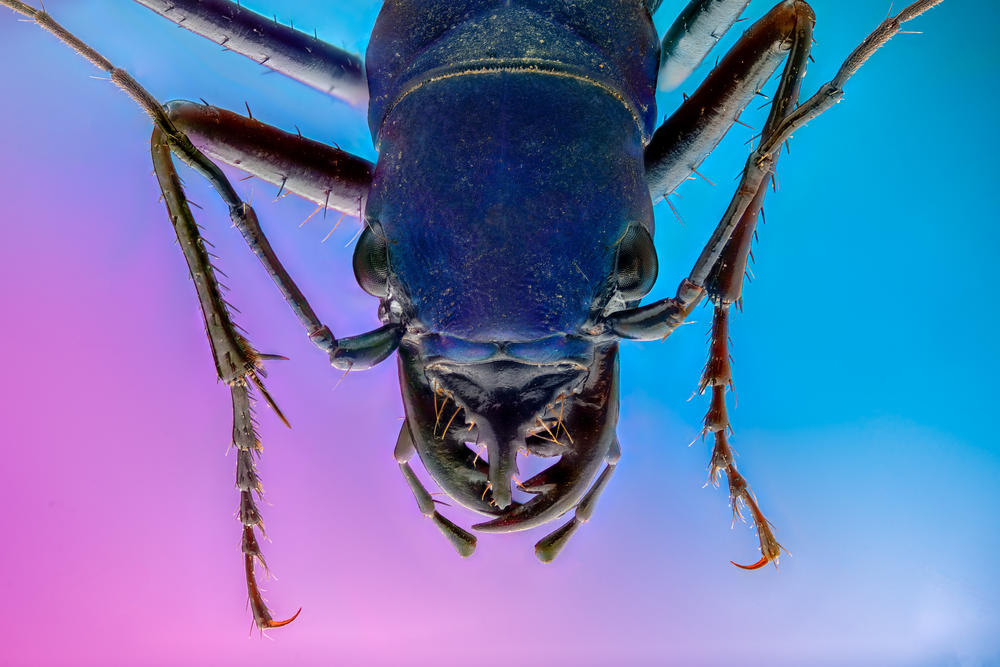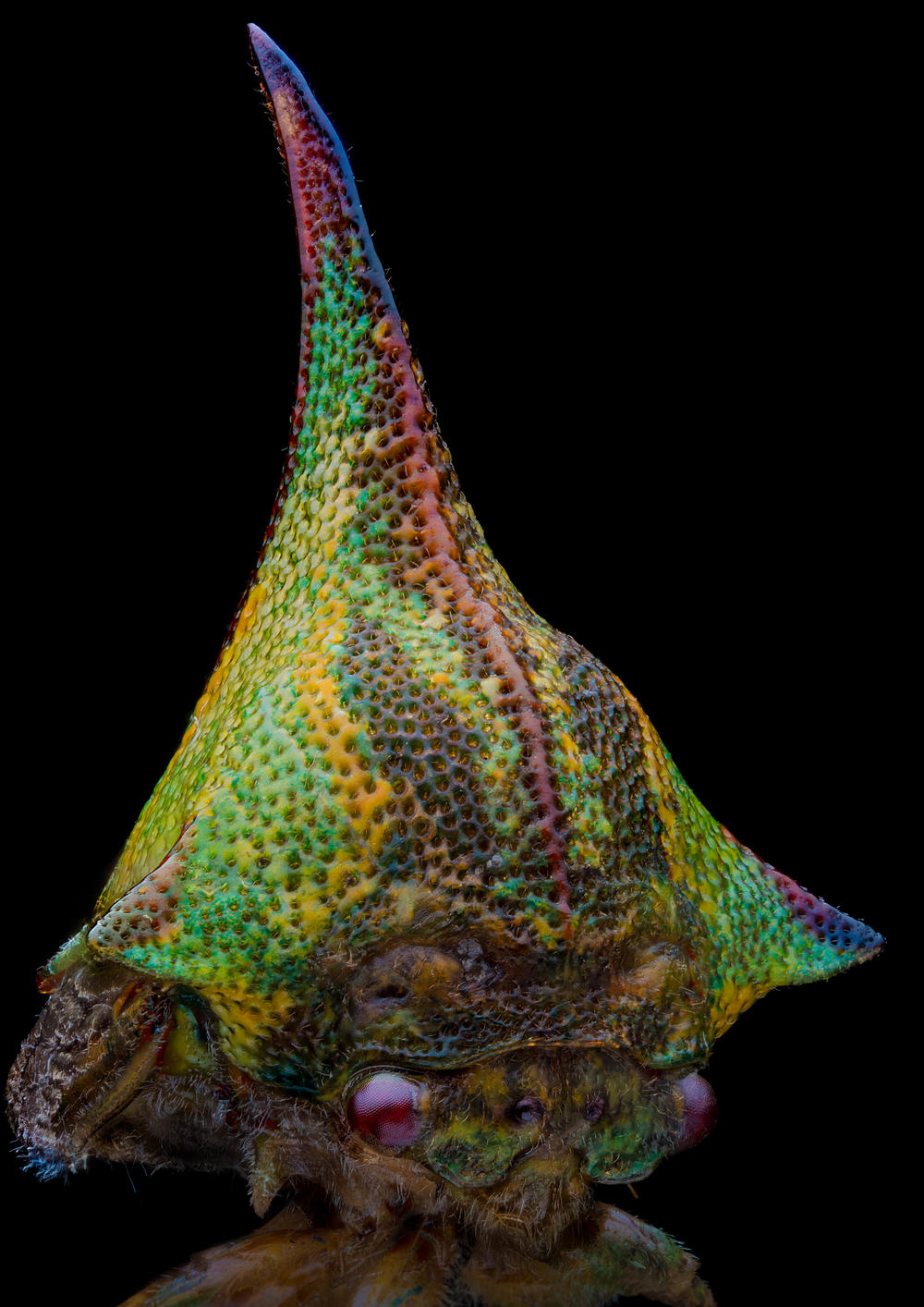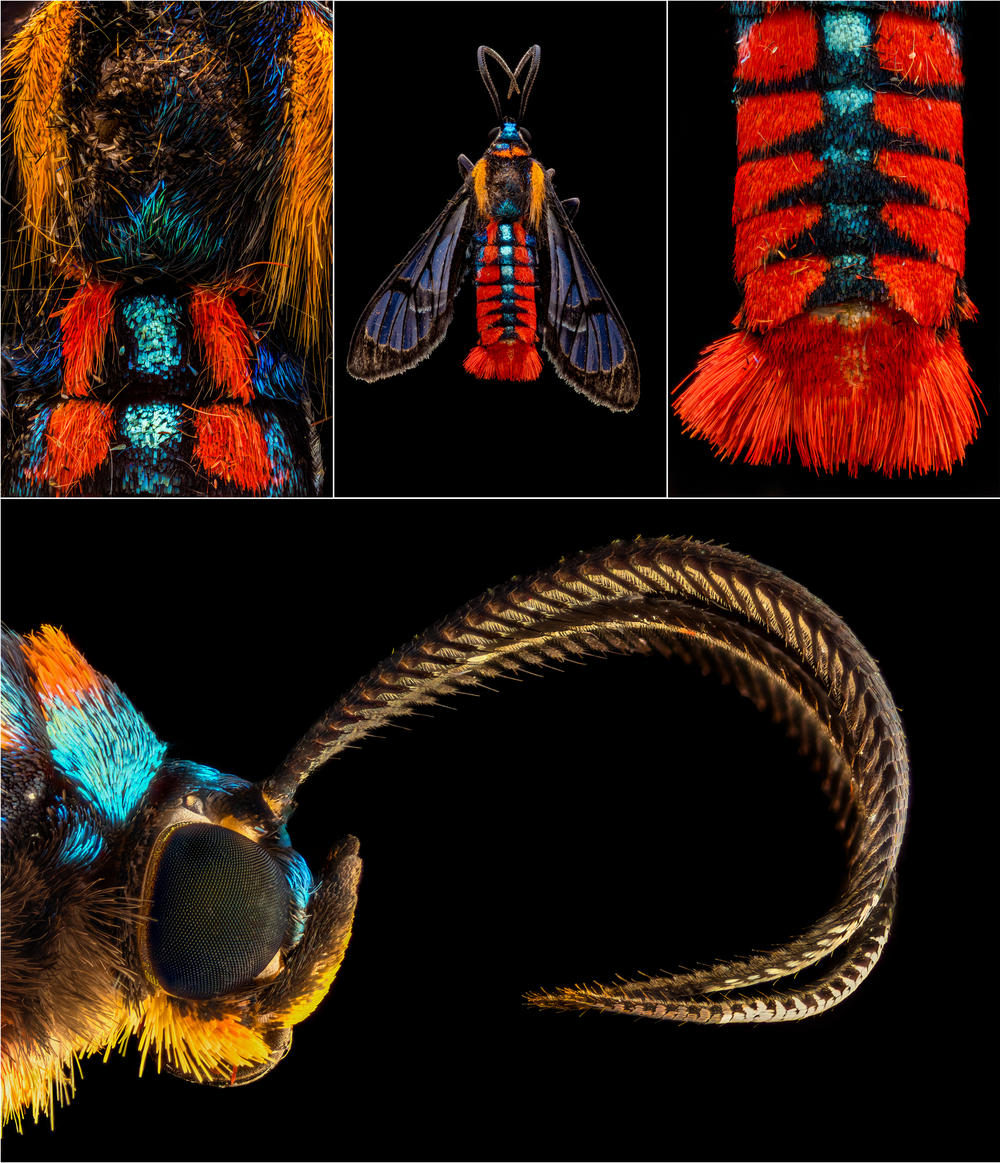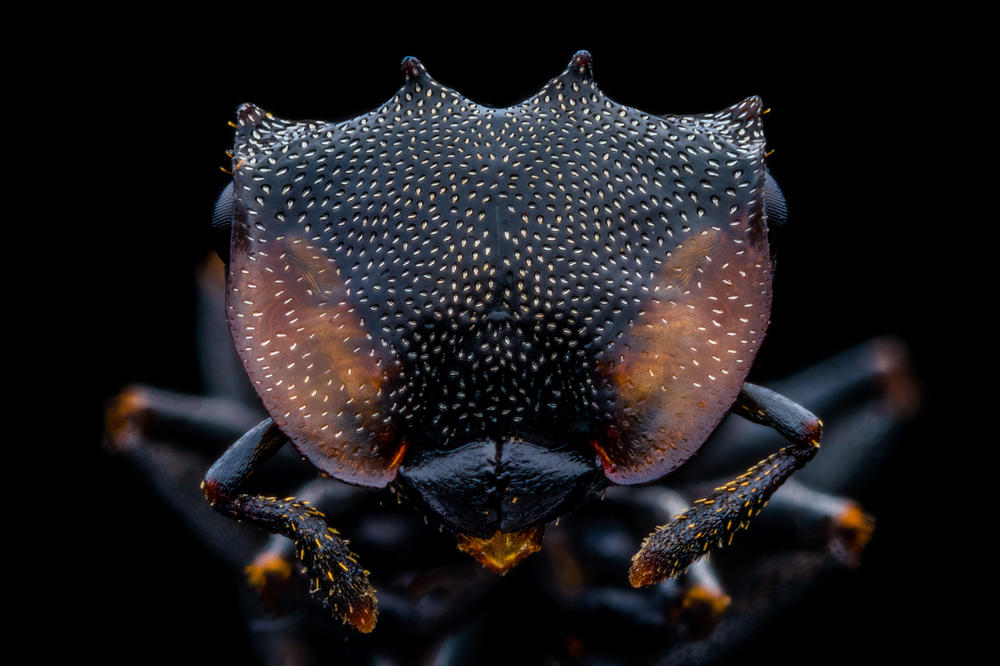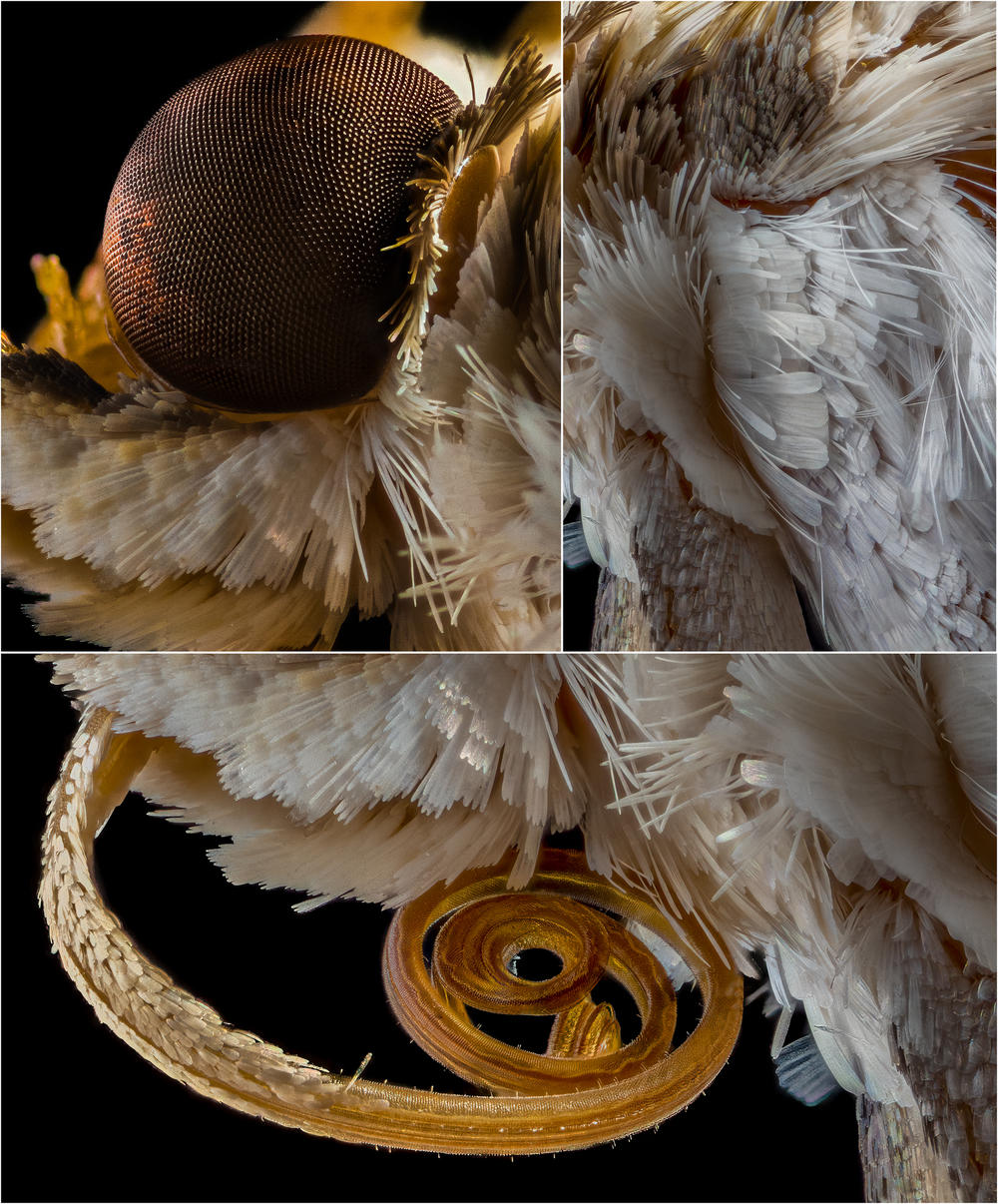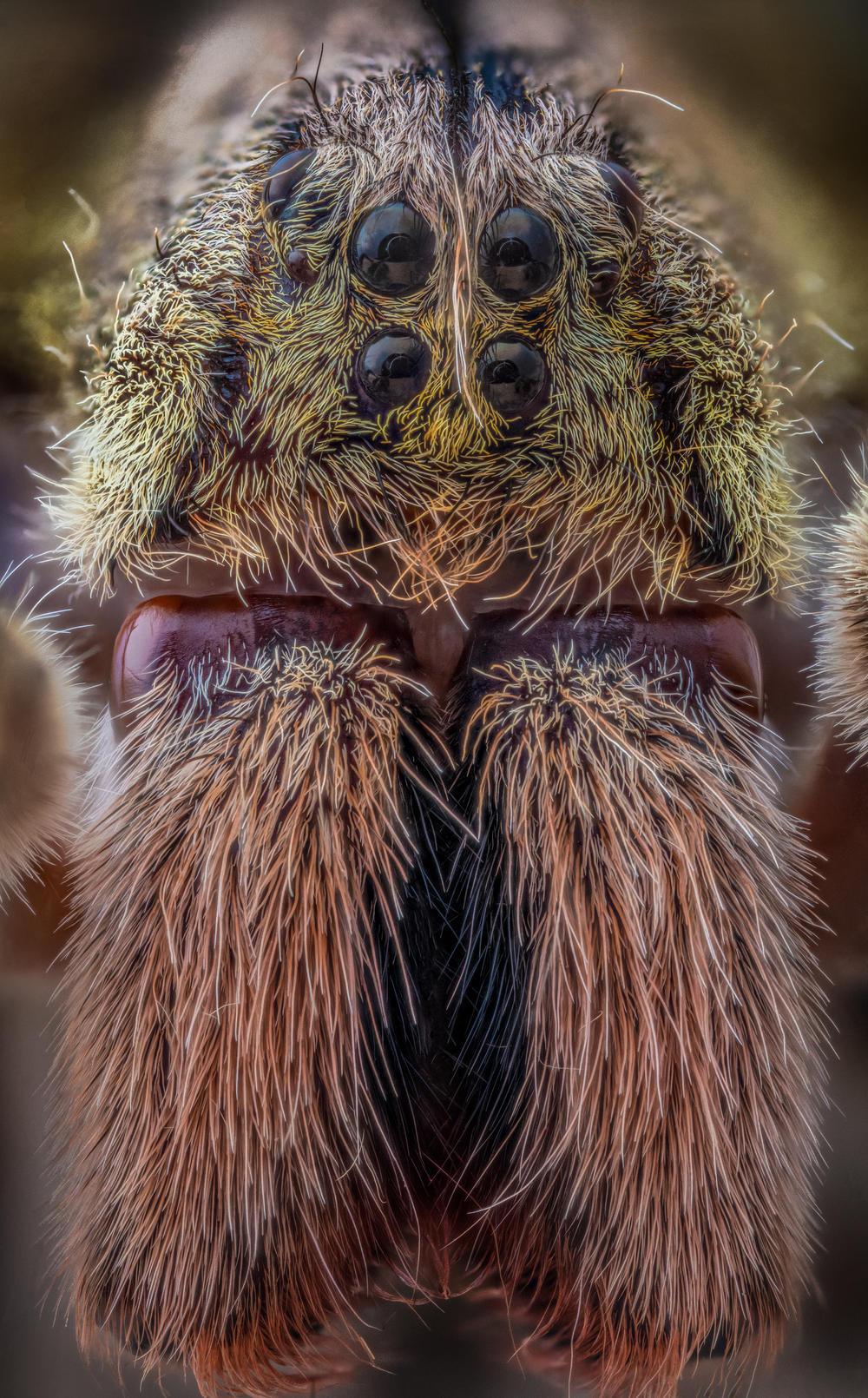Section Branding
Header Content
A Longtime Military Photographer Has A New Passion Project: Bugs
Primary Content
Pablo Piedra is a military photographer turned insect fanatic. After retiring in 2019 from 22 years with the military, he moved to Costa Rica with his family. Here he started doing macro photography of the country's native bugs as a way of staying creative during COVID-19. His wife Daniela helps him look for insects and his son Jaden loves the final results.
How did you transition from being a military photographer to an insect photographer?
After my retirement in 2018, I began working as the Multimedia Director for the Tragedy Assistance Program for Survivors (TAPS) in Arlington, VA. In 2019, my family moved to Costa Rica and I became a freelance multimedia content creator. In 2020, the pandemic closures ended most of my work. Aside from losing income, I also had a creative vacuum in my life. I started to go a little stir crazy, and needed a creative outlet.
What made you decide to do macro photography?
After seeing the wonderful images of Costa Rican photographer Marco Retana, as well as many other works by photographers in Facebook Macro groups, I knew this was something I wanted to do. It was something that I could do in my home studio without the need to leave the house. Living in the middle of the rainforest in one of the most biodiverse countries in the world gave me a great advantage as well. I started modifying a lot of the equipment I had in my studio, making homemade diffusers and reflectors and scaling down my work area to adapt and work with tiny subjects.
What is your process like?
I began experimenting with any insect I could get my hands on, which I usually find dead on my terrace or on our little pool. I don't know my approach until I get the insect in front of my camera. I study what makes it interesting, what features I want to accentuate, which ones I want to hide, etc. The cleaning process then begins, which entails using a little blower and a size #00 pin/needle to pick the grains of dirt or hairs off the creature. I get it to a point where it looks good, and begin my to work on lighting and posing.
I look for the right angle and the right light, then start the photo-stacking process. Each final image is composed of tens, sometimes hundreds of individual frames. At the magnifications in which I'm working, the depth of field of each frame is measured in microns. Each photo is taken using a micrometer rail. Once I've captured all the images, I export them into a special stacking program called Zerene Stacker, which uses algorithms to stitch all the individual images into a single image. If I'm happy with the stack result, I basically apply the same editing I would to a person's portrait to the insect.
One image takes around five to six hours from beginning to end, although I have had photos that have take two days to get the light just right. Since the insects are dead, the decaying process causes a race against the clock.
Which insect has been your favorite to photograph and why?
Every insect is different and there's no cookie cutter way to approach the images. The lighting that works for one will not work for another. Every image has its own rewards and challenges. My favorite thing about macro photography is that I don't know what the insect looks like until I see it magnified. The details, the complexity, the colors can all be quite beautiful. With that being said, the Scarlet Tipped Wasp mimic moth has been one of the most beautiful and interesting insects. The colors and detail of the moth are some of the most splendid I've seen in the natural world.
Are there any techniques you brought from military photography that has helped you in this new project?
Everything that I apply to my macro images are techniques that I acquired during my career as a military photographer. My approach to insect portraits is the same as if it were human portraits. Also, patience and a steady hand. Taking hours to position an antenna or a leg using a pin thinner than a sewing needle requires a lot of both. Much of the process also requires problem solving and using what's available to accomplish the objective.
I now find myself looking at everyday things like cans or bottles, boxes, plastic containers, and thinking to myself that it would make a great reflector, or it will have a nice quality of light as a modifier or diffuser.
Follow Pablo's photography at @piedraphoto.
Copyright 2021 NPR. To see more, visit https://www.npr.org.
Bottom Content

